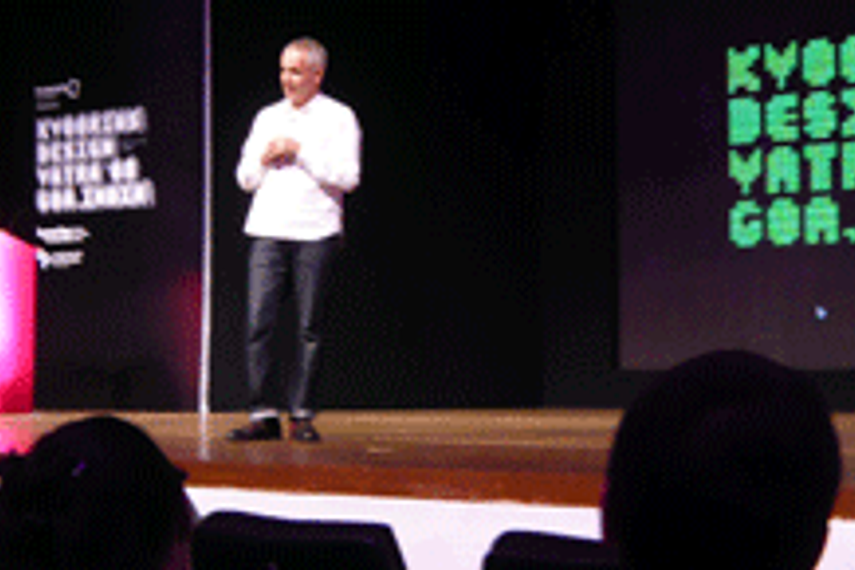
Please sign in or register
Existing users sign in here
Having trouble signing in?
Contact Customer Support at
[email protected]
or call+91 22 69489600
Saffron’s Eric Scott likes to rattle off the names of the cities that he has visited in the last 30 days, which is likely to number an average of five in any given month, given that Saffron’s global creative director is used to traveling across the world for work. Madrid, New York, California, London, San Fransicsco and Dubai, to name a few. The creative head of Saffron began his session on day one of Kyoorius Yatra 2008 by talking about the meaning of the term branding as defined by the industry, at large.

Contact Customer Support at
[email protected]
or call+91 22 69489600
Top news, insights and analysis every weekday
Sign up for Campaign Bulletins
Despite this, the IPL set a groundbreaking online broadcasting record, with over 384.6 billion minutes of watch time.
The codes do not limit creativity. Rather, it helps unlock it–consistently, ethically, and at scale.
The independent agency's culturally rooted approach to South Indian markets earns recognition with campaigns for Asianet, Bigg Boss Malayalam, and MyG.
The campaign illustrates how small, personal acts can reflect meaningful and elevated care at home.